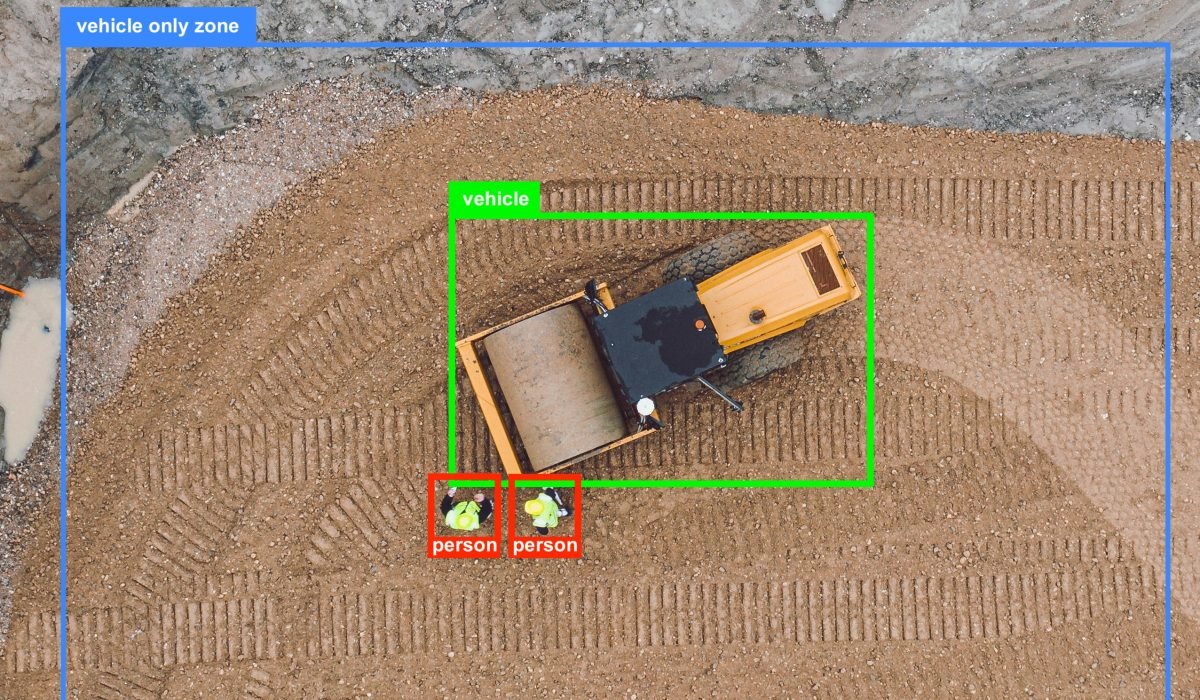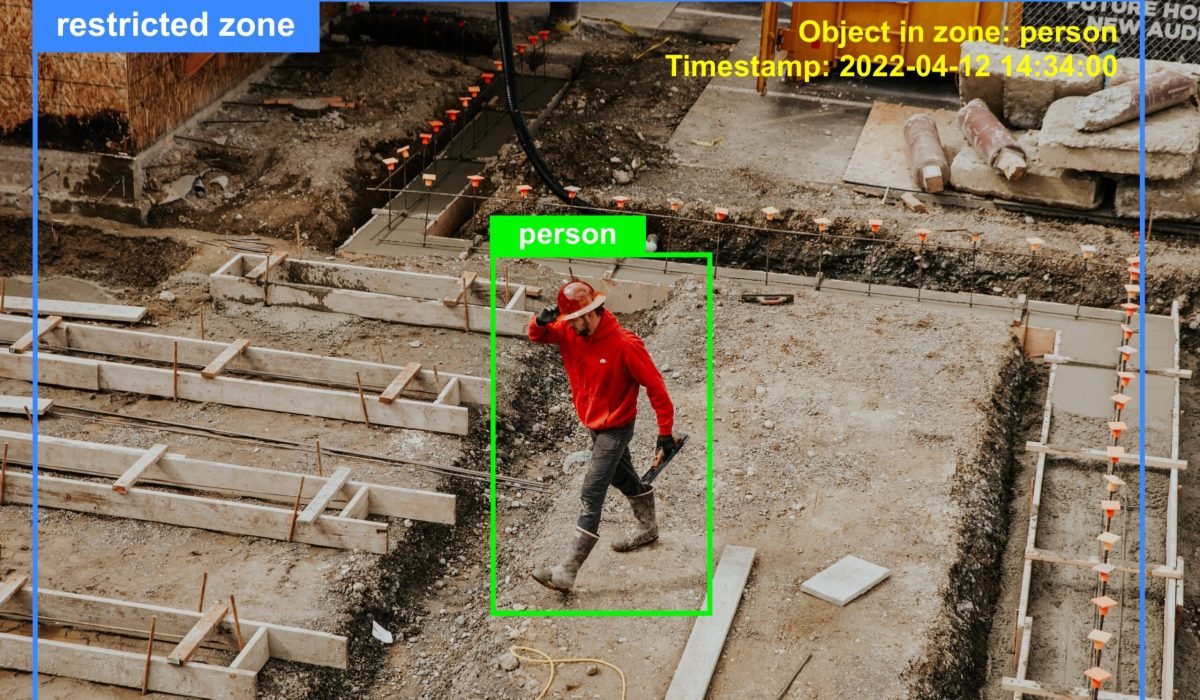

Many systems offer build-in or remote advanced computer vision processing to analyze and detect some specific situations or objects. Computer vision as a field of artificial intelligence (AI) that enables machines to interpret and make decisions based on visual data, can significantly enhance the capabilities of mobile surveillance systems, It enhances security by acting as a specialized security tool against theft, vandalism and unauthorized access, while providing recorded evidence for incident investigation.
What are the most common applications for mobile monitoring towers based on computer vision algorithms? Here you have few:
A we can see integrating these computer vision models into mobile surveillance systems can significantly enhance their capability to provide real-time, accurate, and automated surveillance. The choice of model depends on the specific application and requirements of the monitoring system, such as the need for real-time processing, accuracy, and the type of data being analyzed. By leveraging advanced computer vision techniques, these towers can become more efficient and effective in ensuring security and safety.

For real-time object detection and tracking, YOLO (You Only Look Once) models are ideal due to their speed and accuracy. In analyzing sequences of frames to detect abnormal behavior patterns, Recurrent Neural Networks (RNNs), particularly Long Short-Term Memory (LSTM) networks, are effective. For crowd monitoring and analysis, Optical Flow techniques measure the motion of objects between consecutive frames, providing valuable insights into crowd flow and density.
In environmental monitoring, anomaly detection models such as autoencoders and Generative Adversarial Networks (GANs) are employed to identify unusual changes or hazards. For time-lapse and progress tracking, image registration and comparison models like ORB (Oriented FAST and Rotated BRIEF) are used to align and compare images over time, enabling precise tracking of changes and development in construction or other monitored projects.

In the fast-paced realm of technology, computer vision emerges as a game-changer, offering limitless possibilities across industries. Yet, navigating its complexities demands adherence to proven strategies. BoBox shares insights gleaned from extensive experience, outlining key steps from scope definition to model evaluation. By embracing these best practices, organizations can confidently embark on successful computer vision projects, harnessing its transformative power to drive innovation and efficiency.